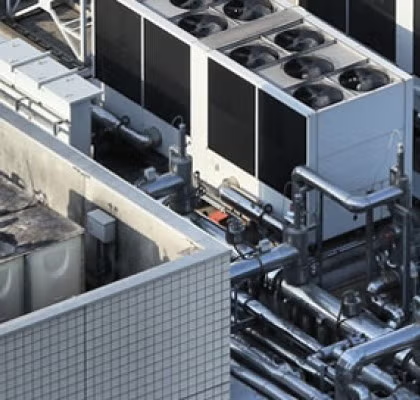Understanding Explosion and Fire Risks in Work Environment is Critical Goodway Technologies helps breaks down NEC hazardous classes
Stamford, Conn. – March 16, 2020 – One primary concern with industrial maintenance is the risk of an explosion or fire, especially when cleaning or picking up hazardous materials. Goodway Technologies is reminding facility managers that having safety personnel trained in identifying the correct maintenance tools is vital, especially when researching and purchasing industrial vacuum cleaners.
A hazardous, or classified, location is defined by the National Electrical Code (NEC) as a working area with a risk of explosion or fire due to the presence of flammable gases, vapors, dust, or ignitable fibers in the air. Electrical sparks, arcs, or hot surfaces may cause gases and other airborne particles to ignite, resulting in injury, loss of life, and property damage.
“It’s important for facility managers and maintenance personnel to understand the possible risks in the working area,” said Frank Intrieri, Vice President of Sales at Goodway Technologies. “As an example, performing maintenance with an incorrect vacuum cleaner can increase the risk of an explosion and potentially put your employees in danger.”
To help with proper selection of electrical equipment, it’s recommended to refer to the National Fire Protection Association’s NEC Handbook and view the class/division/group system to indicate the different risk levels. Goodway created a reference guide to deciphering NEC’s hazardous classes.
Understanding the explosion and fire risk of a working area is essential for maintenance personnel when selecting electrical equipment, such as industrial vacuums. The NEC uses a class/division/group system to identify the different risk levels.
-
Class defines the kind of hazardous material present in the area.
-
Division defines the likelihood that a hazardous material may be present in sufficient quantities to ignite or explode.
-
Group more clearly defines the specific type of hazard in the atmosphere.
The level of protection needed from spark or fire varies depending on the classification of this working area. The primary method of protection is to install the electrical item within an enclosure to separate the component from the hazardous atmosphere. Also, manufacturers may specify factory-installed internal protection around motors or other electrical mechanisms integral to their equipment. NEC Article 500 lists several manufacturing methods for electrical protection with the most common being:
-
Explosion-Proof Equipment: The manufacturer has enclosed internal electrical components such as the motor in a grain storage ventilation fan.
-
Dust-Ignition Proof Enclosures are used in Division I and II environments. These enclosures are often wall-mounted metal boxes with a screw or clamped cover to protect electrical components from dust. Additionally, the enclosure keeps explosions or arcing that occurs inside the box from being released to the environment.
-
Dust-Tight Enclosures are allowed in Division II environments only as they prevent dust from getting into the electrical components but do not stop internal arcing or fire from escaping out of the enclosure.
While this information can be used as a reference, facility managers need to discuss best practices with their safety officer or maintenance personnel before selecting equipment. NEC Article 500 will also provide information on how to choose the correct enclosures to keep people and property safe.
Goodway offers a variety of wet and dry industrial vacuums that are certified for hazardous and flammable material pickup. For more information, visit www.goodway.com or call 1-800-333-7467.
About Goodway Technologies
Founded in 1966, Goodway Technologies has been delivering better maintenance solutions for more than 50 years. Goodway Technologies provides innovative maintenance solutions for a wide variety of industries, including commercial HVAC, food and beverage processing, power generation, and manufacturing. Over the decades, Goodway has worked with our customers to create better solutions for tube cleaning systems, industrial vacuums, cooling tower maintenance systems, dry steam solutions, descaling systems, coil cleaning products, and practically everything else for the care and maintenance of HVAC systems. Further information is available at www.goodway.com. Goodway is recognized as an ISO 9001:2015 certified company.

